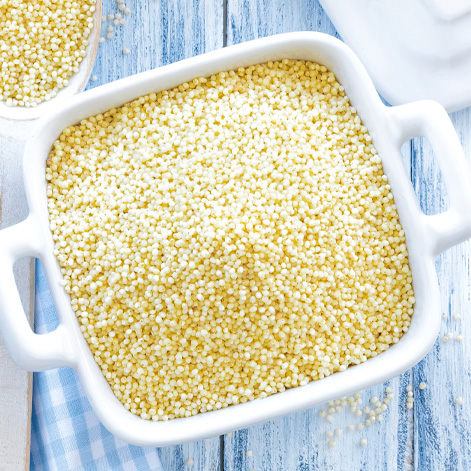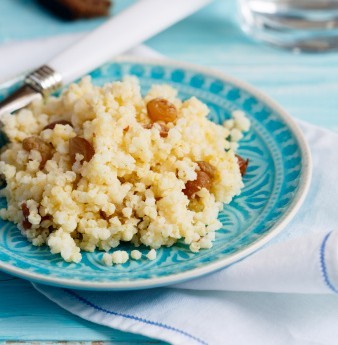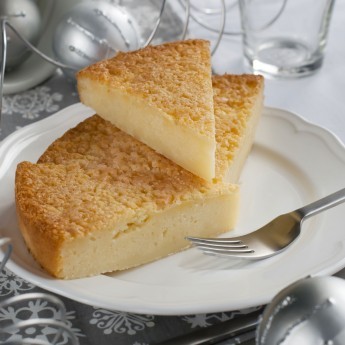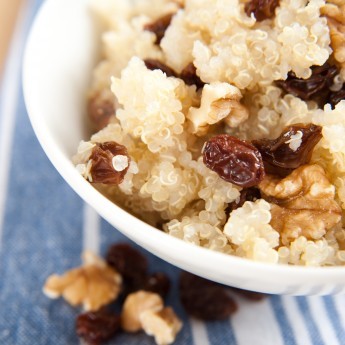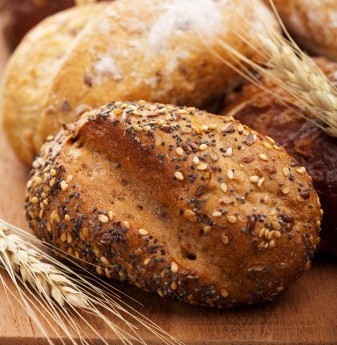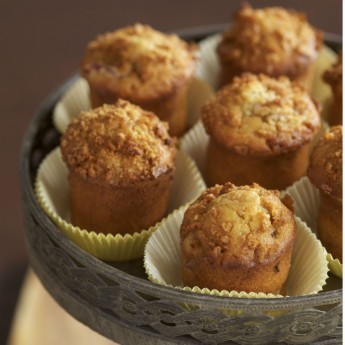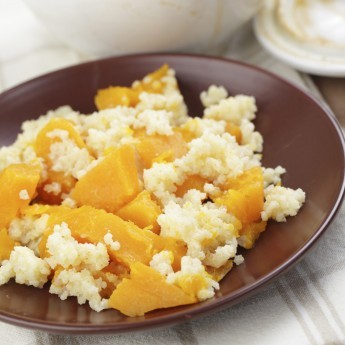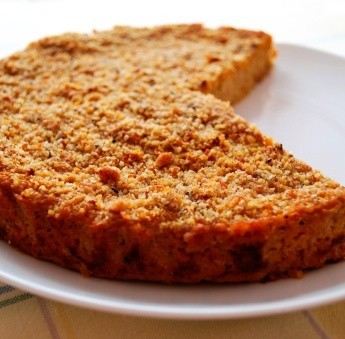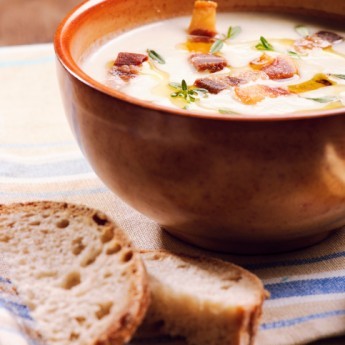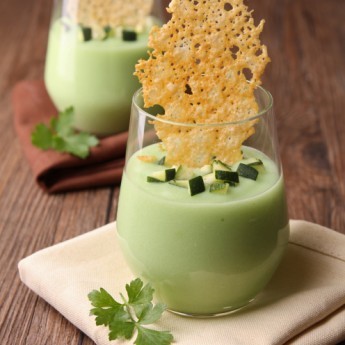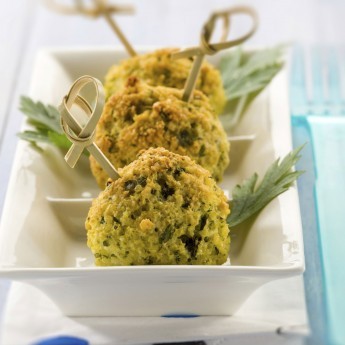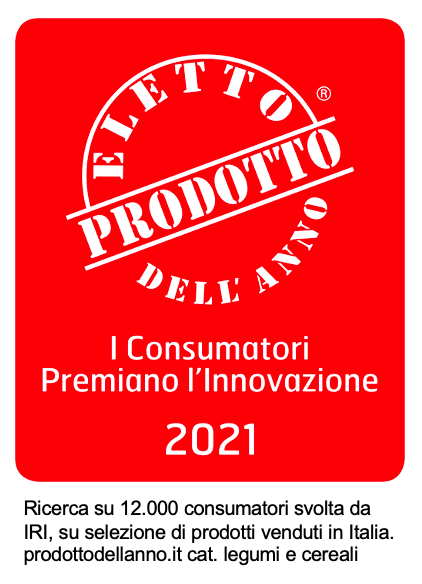Millet – scientific name, Panicum miliaceum – is an annual herbaceous plant of the Gramineae family. In Italy's southern regions millet is generally designated by the strange expression, “Vulpicoca.” This term is derived from inflorescences that characterize millet, which are similar in shape to a fox's tail.
Origini
According to various sources, millet is native to the Middle East or Central Asia, although the most likely hypothesis is that India is the zone of origin for this plant. What is certain, however, is that the cultivation of millet itself dates back to prehistoric times, and more precisely to the Neolithic Age.
In the course of the millennia, the ancient Romans also made wide use of it in their everyday food. This trend continued into the Middle Ages, when millet was often eaten in place of meat, due to their long periods of fasting, dictated by the religious tenets of the time.
Perchè mangiarlo
Particularly rich in minerals, such as iron, magnesium, phosphorus, and silicon, millet is a source of protein that provides energy, and is especially useful for athletes. Millet is also a cure-all for nails, hair and skin, and is a true natural restorative. It is filling but also easily digestible, due to its high lecithin and choline content, and it is recommended in baby food and even for pregnant women.

In the kitchen it lends itself to sweet and savory dishes, either whole or pureed. Its elevated agglutinating power makes it a viable alternative to eggs in the preparation of timbales and the like.
It should not be boiled, as one would for any other grain. It is best to lightly toast it, and then cook it in a scant amount of water. Before you toast it, however, it's best to rinse it under running water to remove any impurities.
Once the step of cleaning is completed, sauté it for a few minutes in a frying pan with a little oil, to give it a flavor close to hazelnuts, stirring constantly so that it won't stick to the bottom of the pan.
The most suitable method for cooking is in lightly salted water “by absorption” in the proportions of 1/3 millet to 2/3 water. If you decide to skip the toasting, the amount of water should be doubled. To prepare 300 grams, for example, if you lightly brown the millet before cooking, you will need 600 milliliters of water, otherwise the amount you'll need is 1200 milliliters. Put the millet into a large pot, pour the water in, bring to a boil, then cover with a lid, lower the heat and cook for 15-20 minutes, depending upon the amount of water used.
Millet is very long lasting as a whole grain, but when ground into flour it becomes highly perishable.

Millet in the last few years has been rediscovered and reintroduced into our culinary traditions, after a long period of almost total disuse.
Today, its cultivation in Italy is still very limited, but in the past, until the arrival of corn from America, it was consumed mainly in Northern Italy in the form of polenta, or mush.



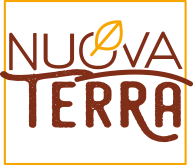





 Indietro
Indietro
